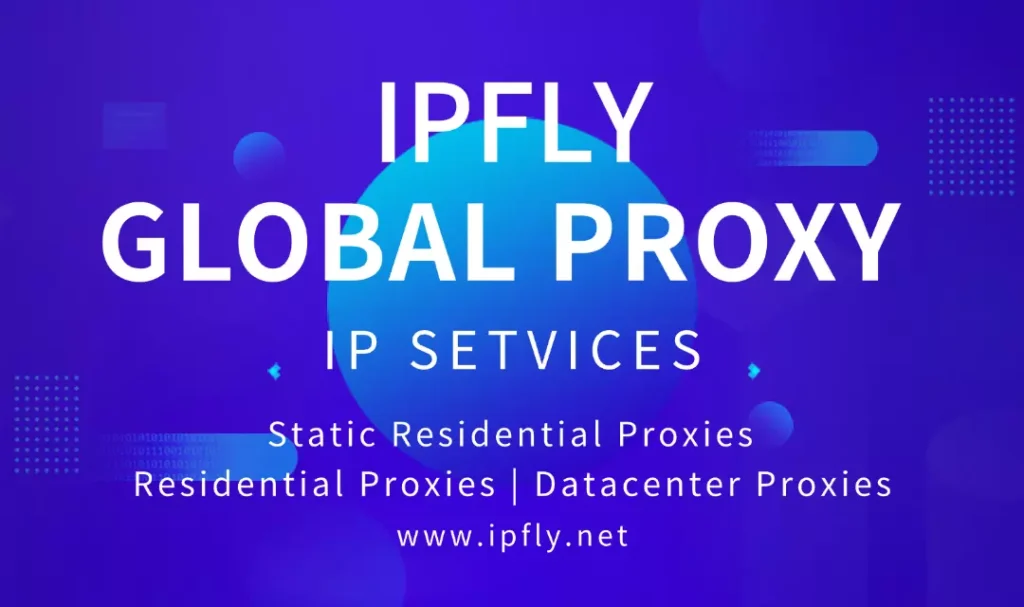Imagine a high-security fortress with its gates sealed shut to the entire world. It doesn’t matter who you are or what you want; the default answer is “no.” The only way inside is to have your name on an exclusive, pre-approved guest list held by the guards. In the digital world, this ultra-secure fortress exists, and it’s built using a powerful security concept known as an ISP whitelist.
This popular science tutorial will demystify this fundamental security principle. We’ll explore the elegant science of whitelisting, understand why the “ISP” part of the name is so important, and see how this digital VIP list has become a cornerstone of modern cybersecurity.

The Bouncer at the Digital Club – Whitelisting vs. Blacklisting
To understand the genius of a whitelist, we first need to compare it to its more common cousin: the blacklist.
Blacklisting:
Think of this as a bouncer at a nightclub with a short list of known troublemakers. As long as you’re not on that list, you’re allowed in. This is how most spam filters work; they block emails from known spam sources. The problem? The bouncer has to constantly learn about new troublemakers, and some will always slip through.
Whitelisting:
Now, imagine an exclusive, secret club. The bouncer here doesn’t have a list of troublemakers; they have a very short VIP guest list. If your name isn’t on that list, you are not getting in. Period. This is a “deny by default” security model. It is dramatically more secure because it doesn’t need to know about every threat in the world; it only needs to know who to trust.
An ISP whitelist is this digital VIP list, but instead of names, it uses IP addresses.
The “ISP” in “ISP Whitelist” – Why the Source Matters
So, where does the “ISP” part come in? An ISP (Internet Service Provider) is the company that provides your internet connection (like Comcast, Verizon, or Spectrum). When you connect to the internet, your ISP assigns your device an IP address.
The reputation and type of this IP address are critical. An IP address from a trusted, well-known ISP is considered more legitimate and secure than one from an anonymous or temporary source. When creating a whitelist, system administrators are specifically adding these trusted ISP-provided IP addresses to their VIP list. This ensures that the connections are coming from known, verifiable sources.
The Challenge for the Modern World – Dynamic IPs
Here’s where the science gets tricky. For a whitelist to work, the IP addresses on it must be predictable and unchanging. These are called static IPs. However, most home and mobile internet plans use dynamic IPs, which are temporary addresses that your ISP can change at any time—sometimes daily!
This creates a huge problem for remote work. A company can’t add an employee’s home IP address to its secure whitelist if that address is going to change tomorrow. It’s like being on the VIP list, but showing up with a different face every night; the bouncer will never recognize you.
This is where professional networking tools become essential. To gain consistent, secure access to a whitelisted system, a user needs a static IP address that won’t change. A specialized service like IPFLY can provide what are known as static residential or ISP proxies. These are dedicated, unchanging IP addresses sourced directly from an Internet Service Provider. A business can purchase one of these clean, trusted IPs for a remote employee, add it to their corporate whitelist, and ensure that the employee always has a secure and verified key to the digital fortress, no matter where they are physically located.
New to proxies and unsure how to choose strategies or services? Don’t stress! First visit IPFLY.net for basic service info, then join the IPFLY Telegram community—get beginner guides and FAQs to help you use proxies right, easy start!

Where are ISP Whitelists Used?
This powerful but simple security model is the backbone of many critical systems:
Corporate Networks: Protecting sensitive internal servers, databases, and financial systems from being accessed by anyone outside the company.
Remote Work: Providing secure access for employees to connect to the company’s internal network (Intranet) and resources.
Website Development: Allowing only developers and clients to see a website while it’s being built in a “staging” environment.
Secure APIs: Ensuring that a powerful application programming interface (API) can only be accessed by authorized and pre-approved applications.
The Power of Exclusive Access
The ISP whitelist is a perfect example of how the most powerful security concepts are often the simplest. By flipping the traditional security model from “block the bad” to “only allow the good,” it creates a nearly impenetrable digital fortress. While challenged by the dynamic nature of the modern internet, solutions exist to harness its power. In an era of constant and complex cyber threats, the simple science of the whitelist provides one of the most robust and elegant forms of digital defense.


